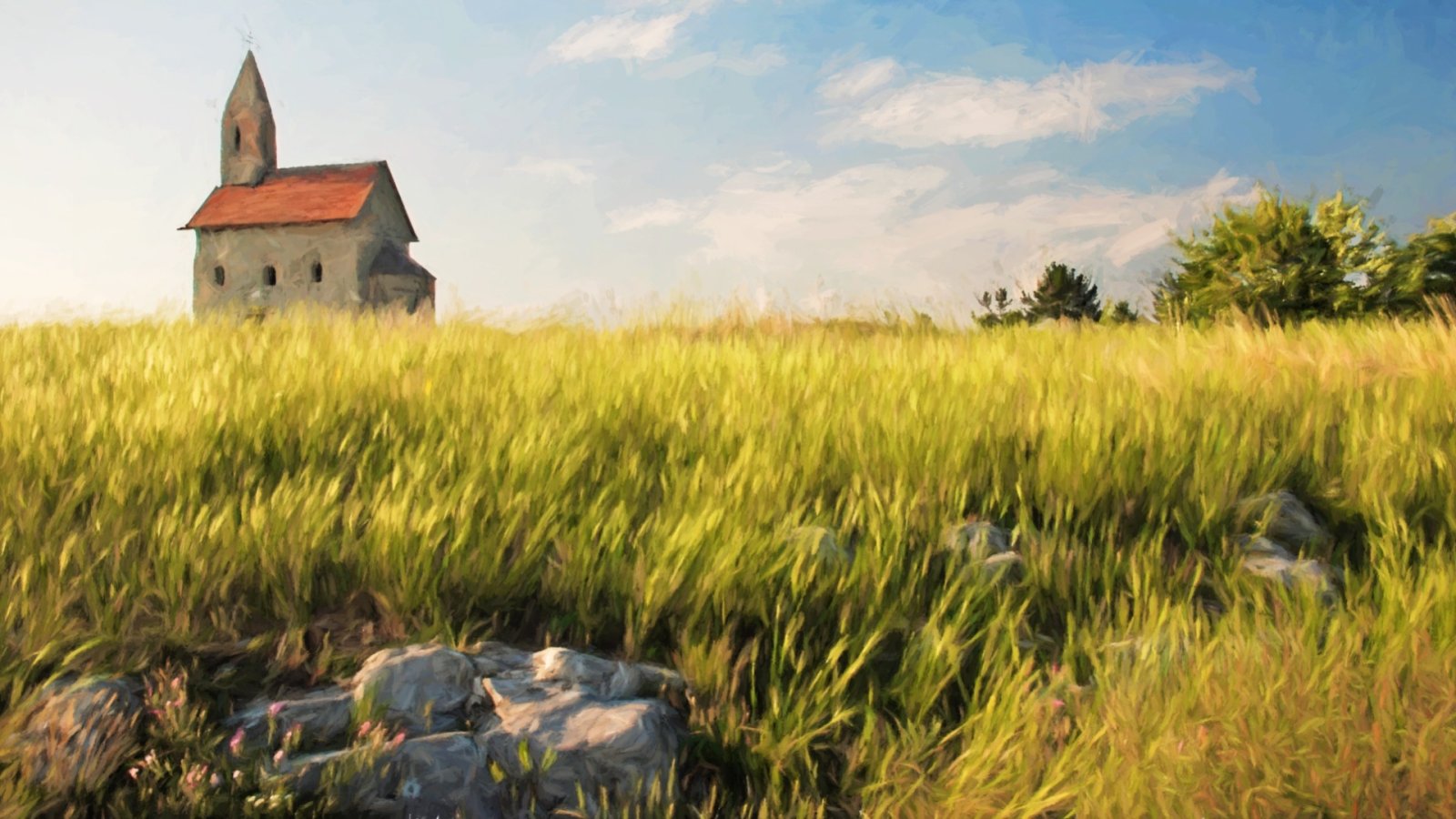Renowned Symbolist painter Gustav Klimt is best remembered for his sensual, gold-leaf portraits of women. However, his dedication to landscape painting is less widely known today. For years, Klimt would spend his summer holidays in the Austrian countryside, immersed in capturing the rural terrain on canvas.
The latest exhibition at New York's Neue Galerie, "Klimt Landscapes," reveals how the artist's portrait works interconnect with his landscapes. Both genres conveyed intense emotion and life.
In 1901, seeking an escape from the harsh atmosphere of Vienna during summer, Klimt wrote to his muse Emilie Flöge of his longing to depart for Attersee lake near Salzburg. There, accompanied by his avant-garde artistic circle, the painter would find respite in nature's solace each summer season. During his summer holidays spent participating in Sommerfrische - the Viennese tradition of escaping to the countryside - Klimt embraced the opportunity to explore new artistic avenues away from his portrait commissions.
Unconstrained by the financial pressures of his city work, the painter ventured outdoors to capture the bucolic scenes before him through en plein air painting. He depicted vividly green parks and fruit-laden trees wrapped in ivy in a freer style than his normally meticulous portraits. Without formal landscape training, Klimt experimented freely with techniques directly on the canvas. In Park at Kammer Castle (1909), pointillistic dots of varying cooler or warmer hues individually characterize each uniform tree shape, while longer, pastel brushstrokes build the lake without a trace of blue. A single gray-brown branch provides enough indication to the viewer that they gaze upon a wooded lakeside scene.
Unfettered by studies, Klimt tried new methods in works like this that expose his artistic abandon in nature's domains.
The lush landscapes provided a sense of solace for the artist. From 1914 to 1916, Klimt and Flöge escaped to the remote village of Weissenbach for their summer holidays. There, they rented the Forester's House and immersed themselves in the natural surroundings with little interaction with locals. During this isolated time, Klimt completed two major works depicting the Forester's House engulfed by the landscape. In the paintings, lush ivy nearly envelops the cottage while colorful wooden window frames peek through the foliage. Upon the windowsills bloom further flowers, with bouquets of roses, peonies and tulips, a showcase of the natural bounty enveloping the escape that inspired Klimt during these reflective years.
Klimt was often captured in photographs by friends including Emma Bacher-Teschner, Madame d'Ora, Antios and Fritz Walker. In an adjoining gallery, images show the artist posed alone in his signature robe or with Flöge and companions as they stroll dirt roads, sit chatting amid grass or boat upon the water. Klimt's social circle overlapped with the influential Vienna Camera Club, appreciators of French Impressionism who produced softer, more vibrant landscape photographs. Exposure to their works deeply impacted Klimt's paintings. In an exhibition theater, photographs such as Heinrich Kuehn's sepia-toned Meadow filled with grass, trees and sky demonstrate the Camera Club's impressionistic tendencies. Their influence appears clearly in Klimt pieces like The Large Poplar where the landscape renders in a hazier, more blurred style reflective of these photographers' impressions of nature's scenes.
Finally, examining Klimt's landscapes sheds light not only on his artistic experimentation, but also the deep solace they offered during urban turmoil. These rural scenes, captured with novel liberty while vacationing in the countryside, disclose a symbiotic connection between his portraiture and bond with nature. They enhance our comprehension of his nuanced creative perspective and the considerable impact of his environment on his oeuvre.
His pastoral paintings, freed from constraints and nurtured by country visits, reveal the intimate links between his portraits and immersion in the natural world. This symbiosis enriched both genres and our view of Klimt's multifaceted vision shaped profoundly by place.






